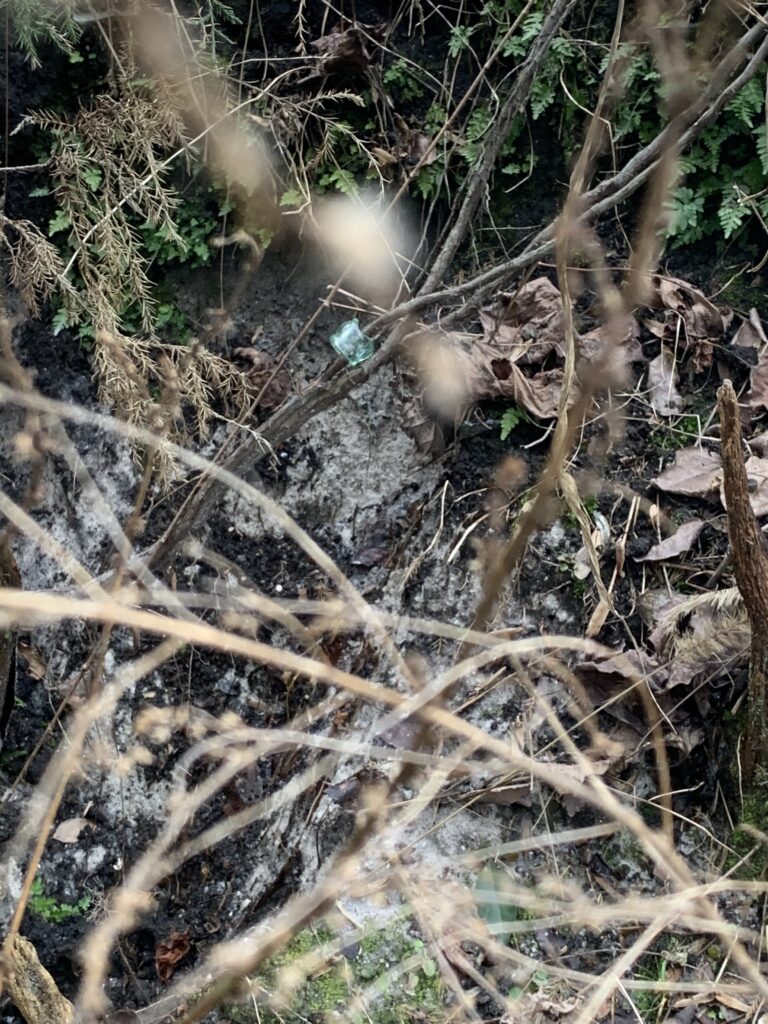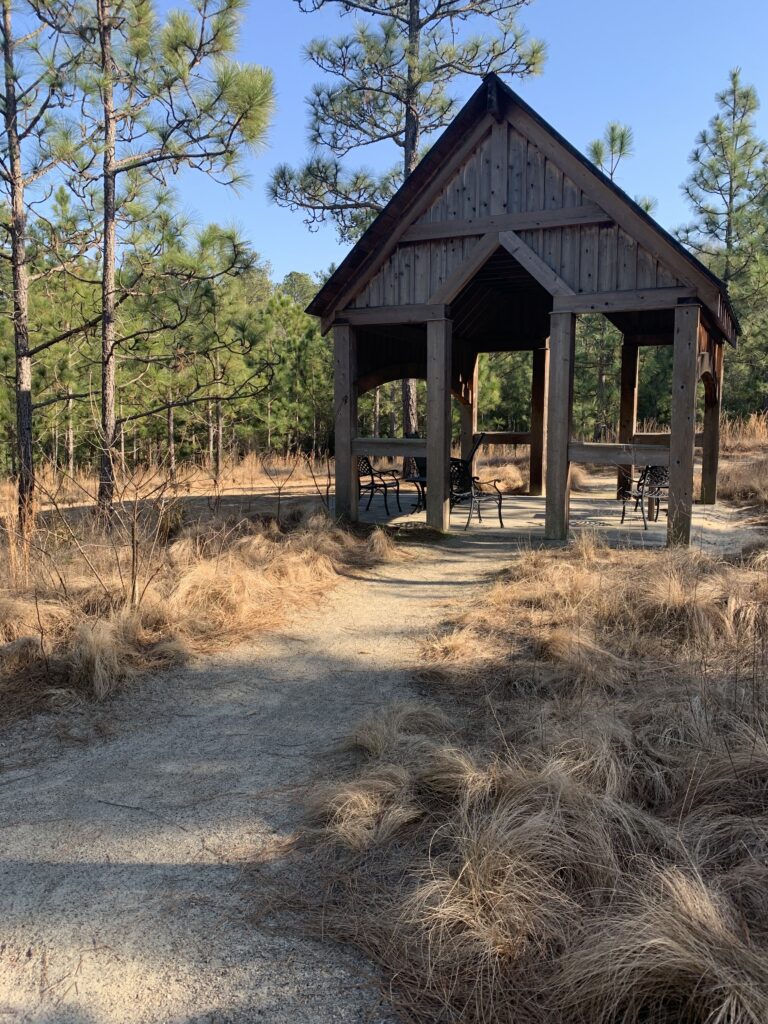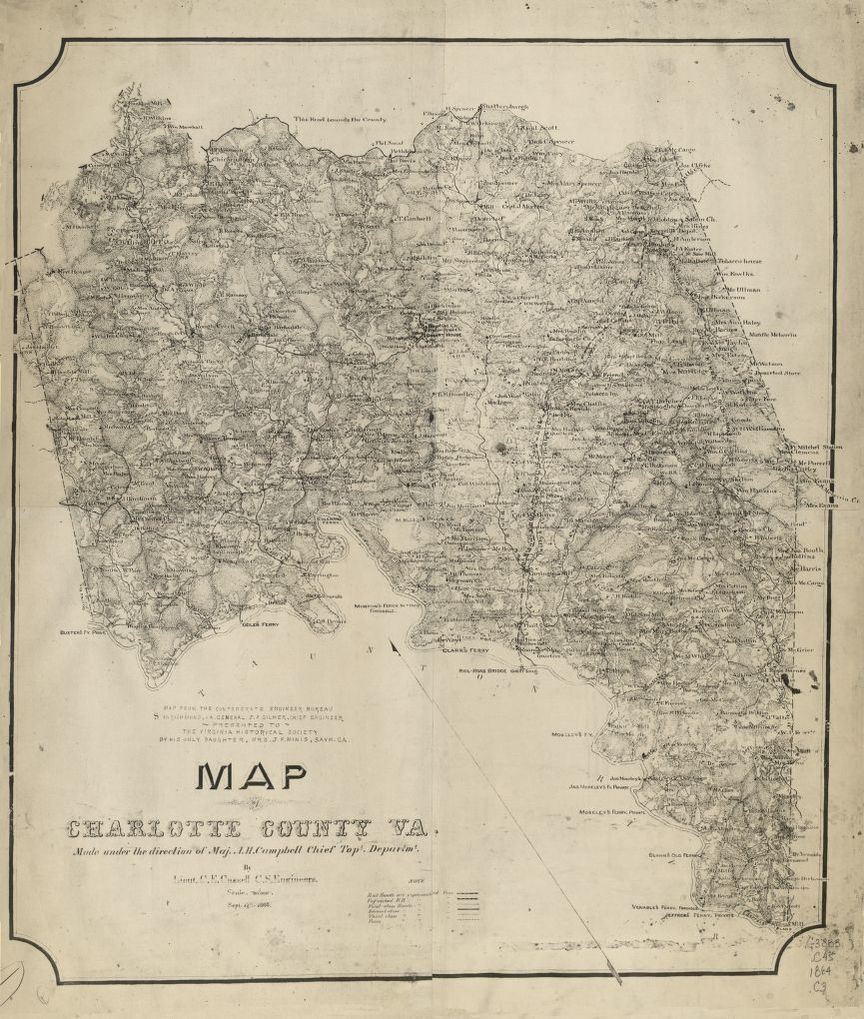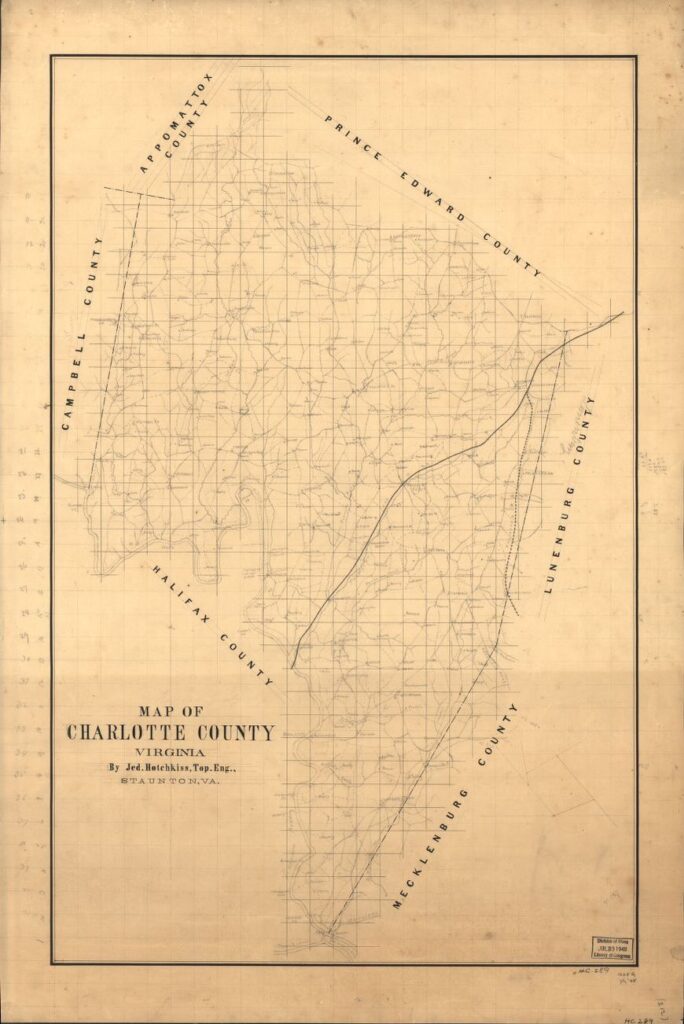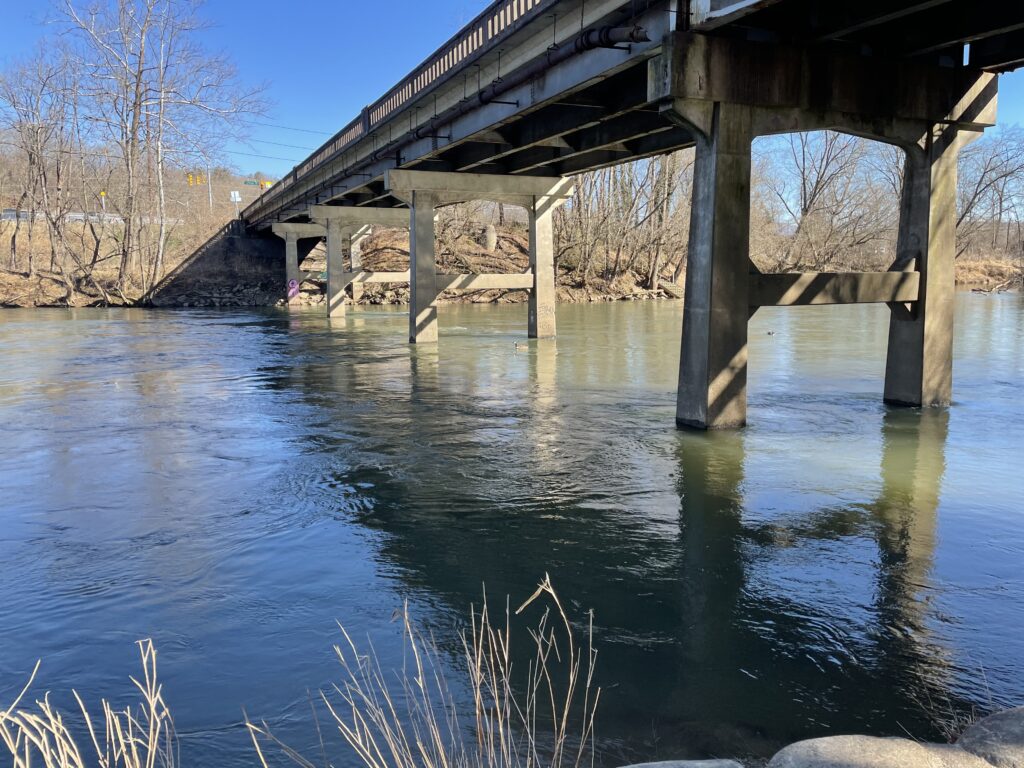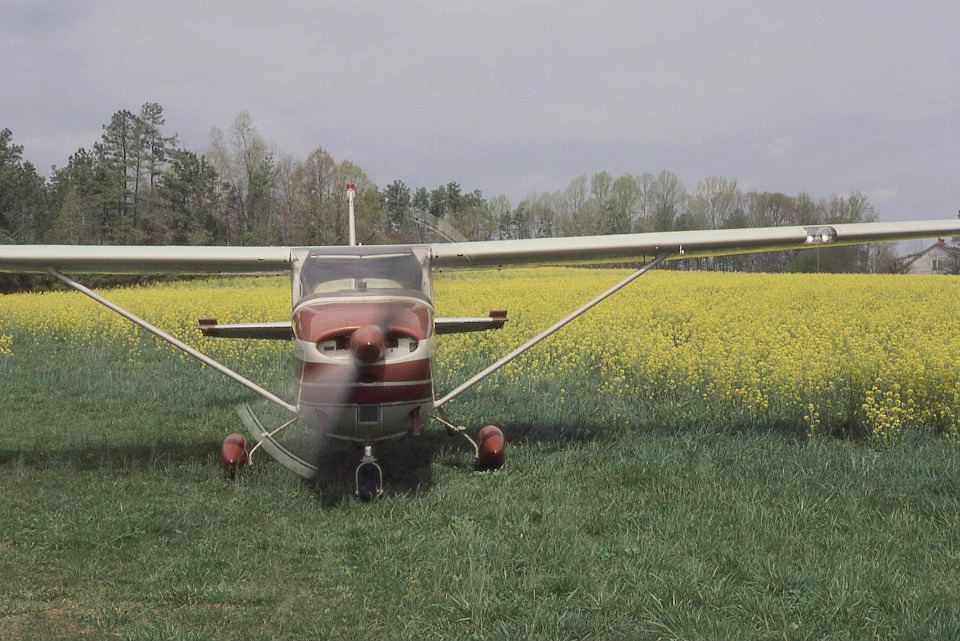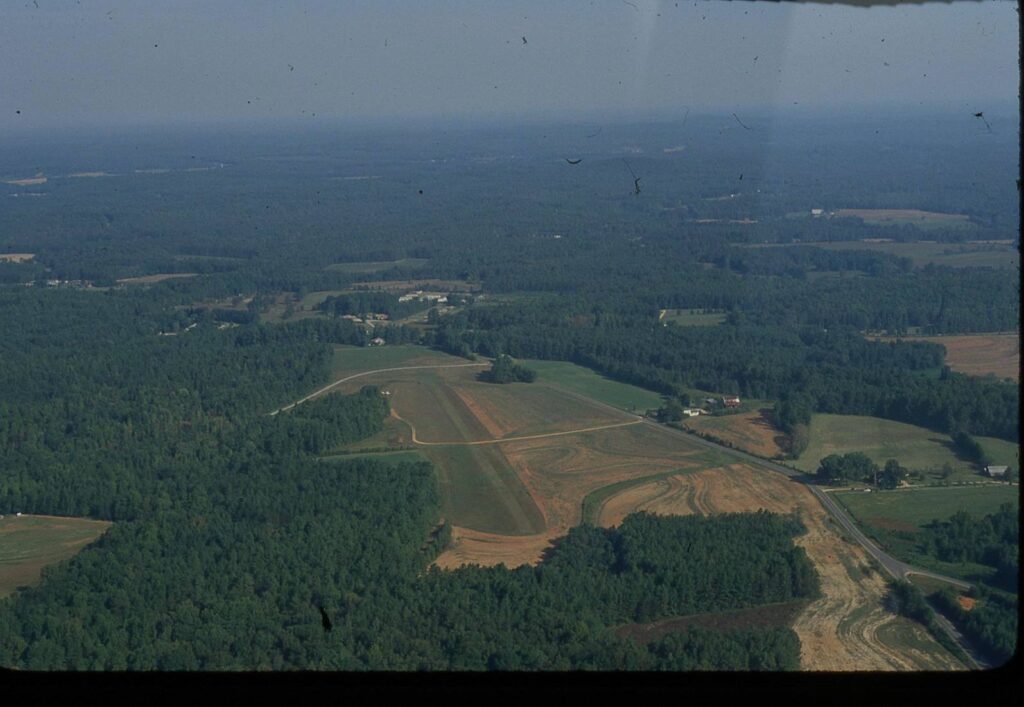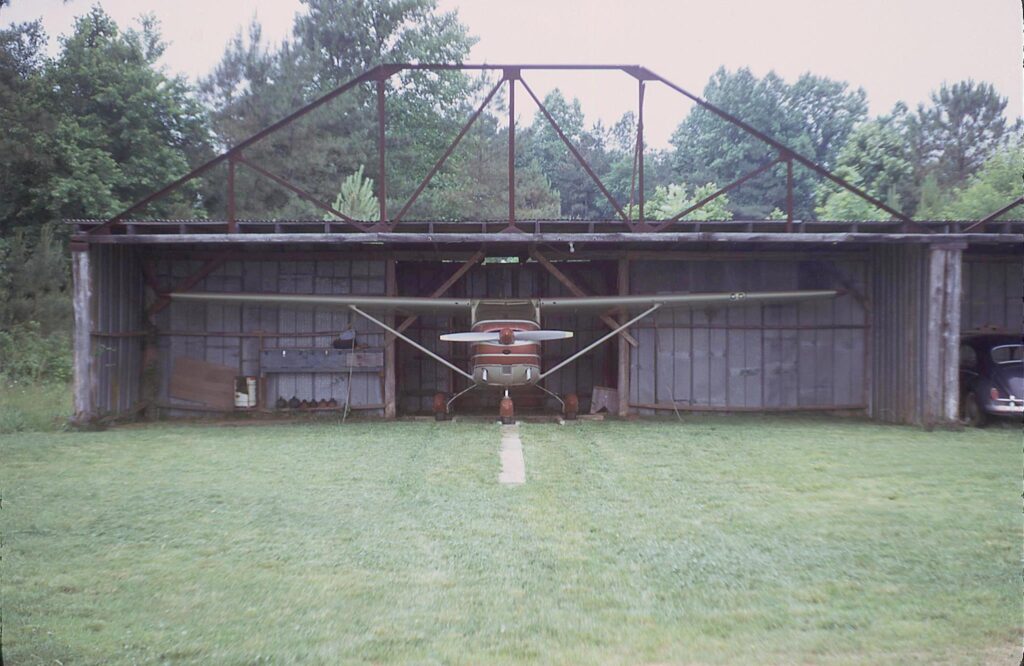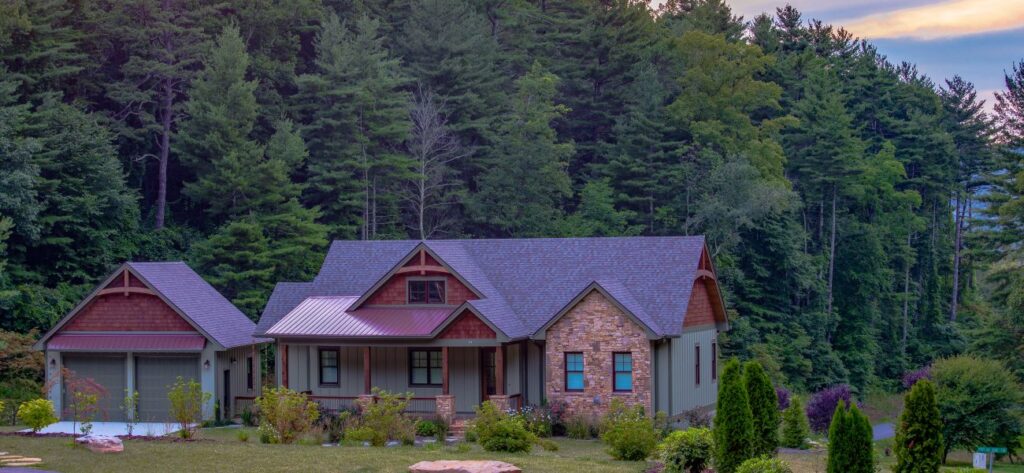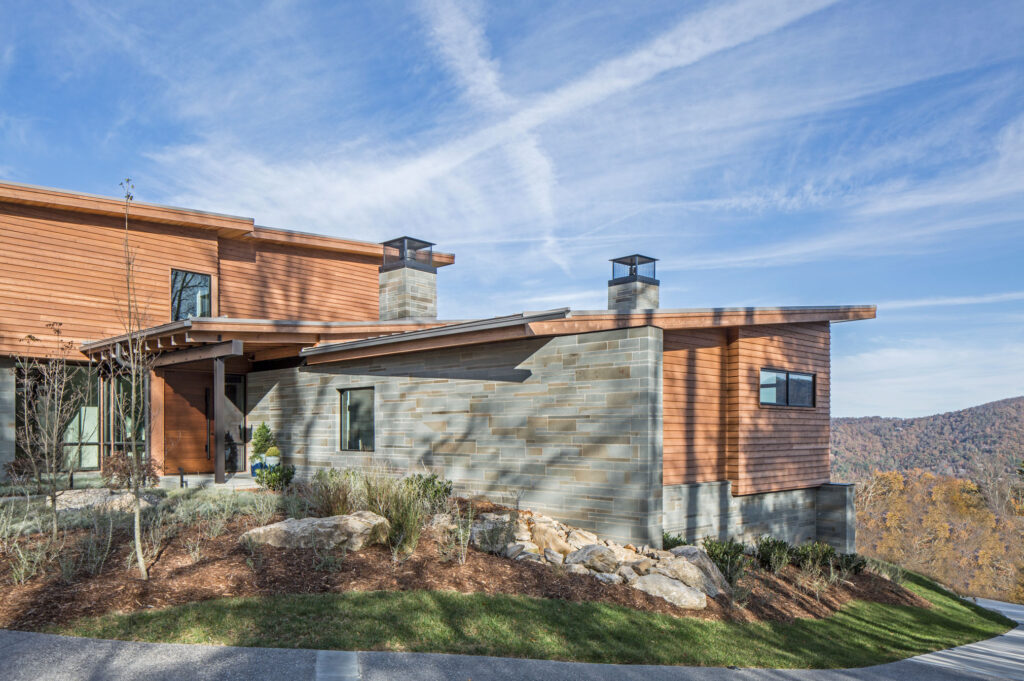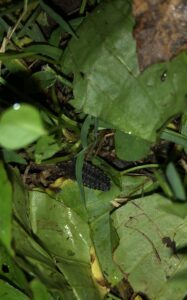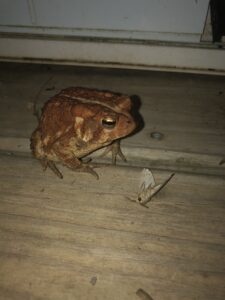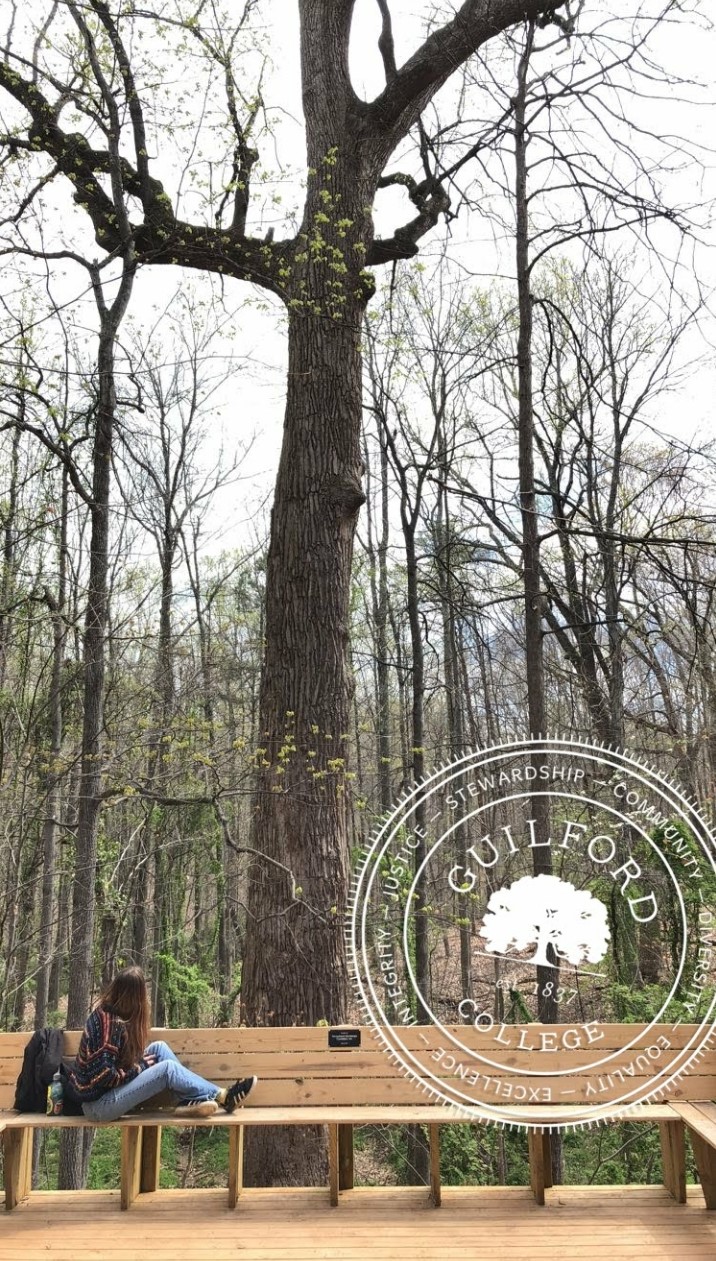On February 27, partly sunny, still cold outside, but fresh to go out, I wish I had the day where it was sunny and beautiful so I can take more pictures at Bog garden, but couldn’t because of the amount of classwork. But hey it’s always next time, so getting back to the point of wondering and questions about this place is how many plants are there? how many species are there? what’s their infrastructure back in the day when they started building the Bog Garden? what is horticulture and does it relate to this place I pick? and any hybridization or propagation. All these questions I will discuss and answer including my experiences the first time I went to Bog Garden. From the start, I remember the time I went walking on the trail pathways actually specific areas but that’s later on my post that leads to the mini bridges, plants, the lake, and so on it’s really beautiful and peaceful to relax and feel the natural sense. But what really carries out when walking different paths and got attention is the infrastructure like going back my research about the management plan I read it said:” The infrastructure of the Bog Garden is currently such that the plants are the focus of the landscape design,” that makes sense, but here’s a fact back of the day they mention this said: “There are several problem areas on some of the steeper paths that perhaps need the installation of a sub-structure to provide better drainage, surface water shedding, and surface stability,” I didn’t know about that kind of problem.
I saw seeing some steep hillsides it’s not that rough and really it softens the structure narrates the natural forest theme of the Bog Garden. Looking back the management plan I read and research about the Bog Garden section on plants, there are a lot in the canopy, subcanopy, shrubs, herbs, and vines, but each of these plants is very different without forgetting there are plants in the garden collection like trilliums, evergreen ginger, ferns, and spring ephemeral wildflowers. When I think in the season in Spring about plants I picture them as beautiful, mature, magnificent, multicolored, delightful, rich and eye-catching because plants are very delicate and it represents something to unique others what they see, can’t wait to see them bloom and luminous smell. Again looking back on my research there are a lot of animals specifically herps, mammals, birds, aquatics, and butterflies, but one animal which I mention from my first post that I didn’t see clearly but only see the back is the eastern cottontail rabbit, it has a body is a lighter color with a white underside on the tail and large hind feet, clearly, I have mistaken my description what I saw, but I really hope to see him again because it’s cute and adorable. All these plants and species are almost like horticulture where is sustainable production and falls between domestic gardening and field landscaping even environmental care.
